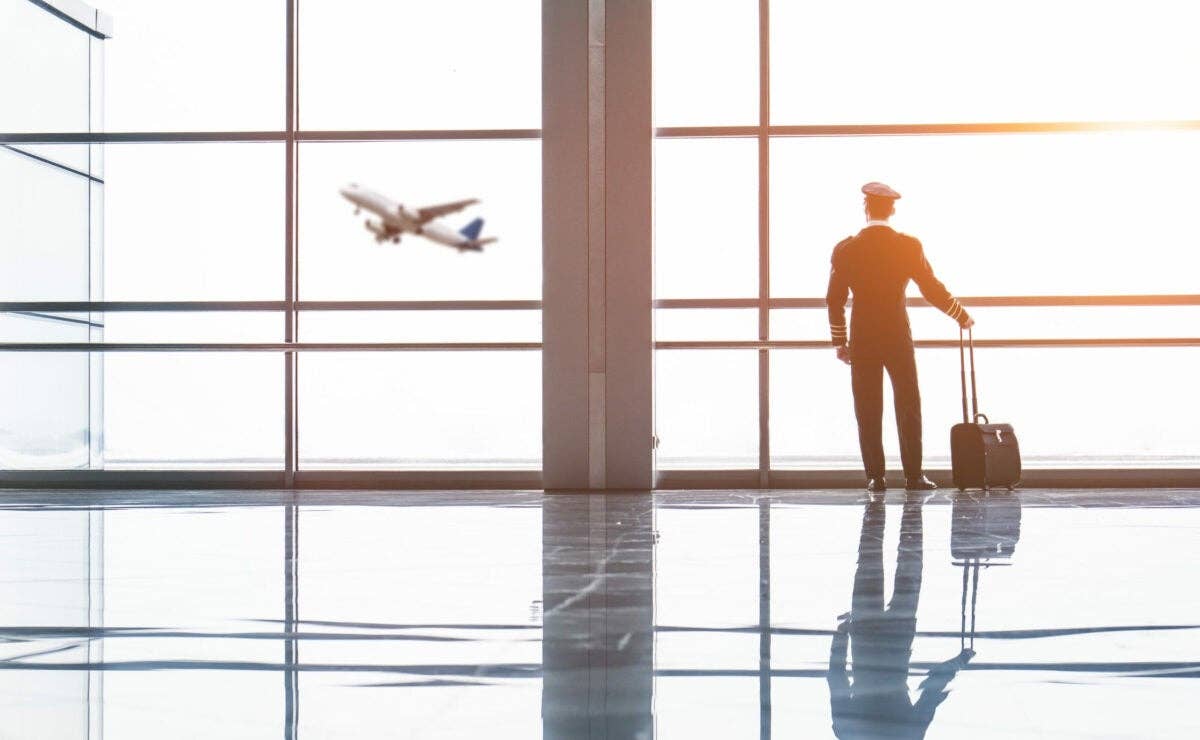Flying to Oshkosh in Your Ideal Aircraft, or Not
Like any long cross country, a flight to Oshkosh can be complicated by weather and timing.

Like any long cross country, a flight to Oshkosh can be complicated by weather and timing.
[Credit: Shutterstock]
Oshkosh is a dream destination for many pilots, including yours truly, and flying to the big show in one’s own airplane is considered a rite of passage. As with other missions, though, especially long, complicated ones, we have to weigh the importance of getting there against the need to fly safely and smartly.
While nearly all of us have received “the talk” regarding risk mitigation, we do not necessarily apply that wisdom as readily as we should. I was on my way to Oshkosh last week when I came to terms with my tendency to push ahead when the conditions are clearly telling me to end the endeavor.
The ingredients were familiar: a late start, slowly worsening weather, and a strong desire to reach the destination. Having never flown GA to the EAA’s AirVenture gathering, I looked forward to rocking Annie’s red wings at the controller’s command. I wondered if ATC would recognize my airplane as a Commander or simply call it a “low wing.” After several rounds of practice, touching down on imaginary dots on the 6,300-foot runway at Sullivan County International Airport (KMSV) in New York, I felt prepared to “fly down the runway” to whichever spot they offered.
The weather had different plans. As I crossed Ohio, a gaggle of distant clouds gradually formed a skirmish line, cutting off the clear paths I had planned to take. The clouds didn’t look all that high, so I began a gentle cruise climb, figuring I’d be comfortably above by the time I reached them. Heck, earlier, I had squeezed between a couple of rain showers that appeared on the navigation screen, so how was this next move any different? The sun shone brightly just beyond this cloud formation. You can see where this is going.
These were cumulus clouds on their way to blossoming into thunderstorms. As such, they had no trouble out-climbing Annie, who did her normally-aspirated best to scale their ever-increasing heights. We crested 11,000 feet, with the clouds still rising above, just as the time arrived to contact Cleveland Approach for an advisory. I switched frequencies and was about to key the mic when I realized the controller might wonder what I was doing there, flying toward clouds I could not get over or around.
I had allowed my tendency toward stubbornness to take over. I recalled acting similarly decades ago while driving to Boston to visit my girlfriend, now my wife. I noticed a few snow flurries as I shoved off that February morning. By the time I neared Hartford, roughly the halfway mark, blizzard conditions prevailed, my tiny Mazda was caked with snow, and other drivers occasionally spun off the road around me. I pushed on and made it to Boston in nine hours, almost three times as long as it usually took. Definitely my most ill-advised drive. Was I doing it again, thousands of feet above the earth? What happened to getting smarter with age?
At that point, I thought about how inviting Youngstown International (KYNG) had looked several miles back. I turned around and made a beeline descent in their direction. ATIS mentioned “towering cumulus” and reports of lightning. Numerous bright spots flickered on Annie’s Strikefinder screen, which I had turned on earlier because I was not sure it worked. The clouds had turned dark and clearly were moving east, right on our tail. ATC kindly gave me the option of a straight-in approach despite a slight crosswind, which I accepted, ready to quit flying for the day. From the tower, Annie, against a backdrop of angry clouds, must have looked like a fox pursued by 1,000 hounds.
During the last part of this episode, as I recall, I heard no other pilots on the radio. Rolling toward the FBO on the long taxiway, I passed a row of dormant C-130s. Even the Air National Guard unit based at Youngstown, it seemed, had the sense to write the afternoon off as no time for flying. While I came to the same conclusion, I should have done so earlier.
With a persistent overcast and more storms along our planned route, Annie and I decided to scrub the mission, head home to New Jersey and begin planning next year’s trip to Oshkosh. We will start with an earlier departure, allowing time to wait out the storms instead of trying to climb over them. I will also be sure to leave my stubbornness in the hangar.

Subscribe to Our Newsletter
Get the latest FLYING stories delivered directly to your inbox






